
1. Anger: Fergal and the Bad Temper written and illustrated by Robert Starling
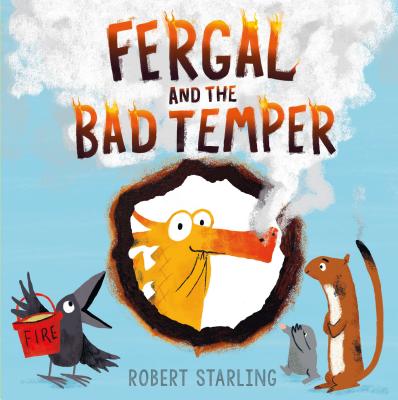
Fergal is normally a very nice dragon, but he struggles to control his temper, especially when others tell him what to do. This temper often manifests itself in a (literally) fiery fashion that lands Fergal into trouble with his friends, family and neighbors. One day, his friends have enough, and everyone starts to ignore Fergal and his antics. When Fergal speaks with his mom about this problem, she offers him some sage advice on how to cool his temper, improve his patience, and gain a new perspective on certain situations that may not always go his way.
This lighthearted story teaches us about the consequences of acting out of anger, and how doing so can strain our relationships with the people we love. While audiences can connect and empathize with Fergal’s frustrations throughout the novel, it becomes clear that the way he chooses to handle this frustration does far more harm than good. A useful lesson in the necessity of patience and introspection, Fergal’s story can help readers understand why they might be feeling angry, and how to redirect their anger into more productive feelings or actions. At the end of the story, Fergal learns he is able to accomplish so much more when he spends less time and mental exertion on being upset with the world around him.
2. Sadness: Jenny Mei is Sad written and illustrated by Tracy Subisak
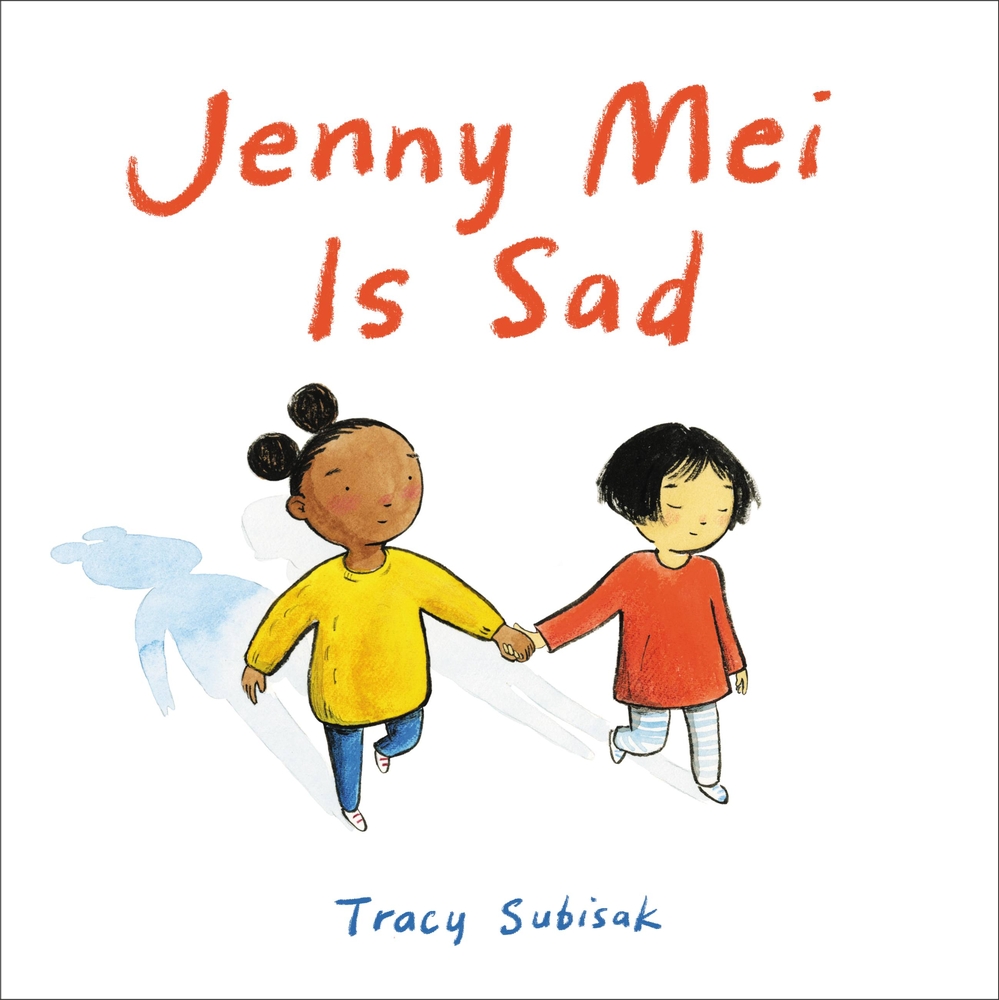
The narrator of this story has a friend named Jenny Mei, who, despite all appearances, carries a lingering sadness. Jenny Mei still participates in group activities, gives hugs, and shares her food, but her best friend knows something is wrong and offers support in any way she can. While the narrator can’t cure Jenny Mei’s sadness, she recognizes how important it is to be there for her friend.
Jenny Mei is Sad explores the complexity of sadness in an accessible way for young readers. While the book stresses that it can be challenging to understand why we, or others, are feeling a certain way, Subisak shows that the most important thing is offering support to friends through thick and thin. This story is a powerful conversation starter about how to deal with difficult emotions, both personally and when it comes to those we love.
3. Disgust: I Will Never Not Ever Eat a Tomato written and illustrated by Lauren Child
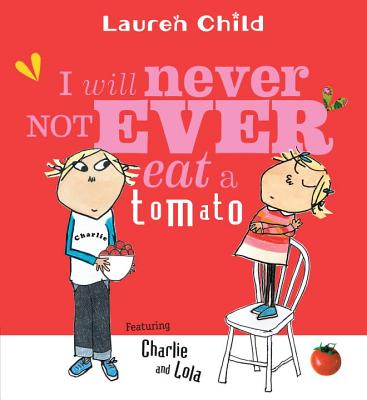
Lola is an incredibly picky eater, which poses a great challenge to Charlie, who is often tasked with giving Lola dinner. One day, Charlie decides to “play a trick” on Lola to see if she can get past these aversions. Charlie tells Lola that the food she once professed great dislike for is not what she thinks and actually comes from obscure locations (outerspace, the sky, etc.), fooling Lola into eating (and enjoying) different foods. Lola gains a new perspective and appreciation for foods she previously despised after seeing them in a new (albeit somewhat false) light.
Many young children (and, let’s face it, almost everyone) have certain foods they refuse to eat, or things they refuse to do, out of a sense of disgust. And while there is nothing inherently wrong with disliking a few things, the complete revulsion Lola feels for things she refuses to try presents obstacles in her everyday life and frustrations for the people around her. While Charlie’s deception isn’t necessarily an ideal method , Child’s story demonstrates the importance of opening your mind to new experiences in a fun and entertaining way. It’s okay to feel disgust about some things, but having arbitrary dislikes can prevent you from enjoying wonderful things. The vivid illustrations, which get more obscure as Charlie spins tales about different foods, only enhance the amusing and lively quality of the book, making it a captivating tale for young readers.
4. Joy: Everywhere, Wonder written by Matthew Swanson and illustrated by Robbi Behr
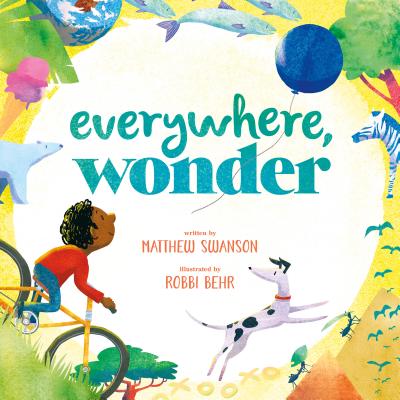
A young boy traverses the globe, noting the incredible and beautiful landmarks that make up our world. (Arizona, the home of “Pine Reads Review,” even gets a shoutout at the very beginning!) The story jumps from jungles in Brazil to fish in Alaskan waters, but it also takes care to highlight the beauty in everyday life, in the things we may take for granted. The book concludes with a call for readers to tell their own stories using the observations they make throughout their days, instructing us to pull creativity and inspiration from everything.
Beautiful and vivid illustrations do an excellent job underscoring the core message of this work. The narrative teaches readers of all ages to take notice of all the marvels that surround us, whether they be “mundane” or larger-than-life. This cheerful, heartwarming, adventurous story speaks to the power of curiosity and the beauty in our everyday lives.
5. Fear: Franklin in the Dark written by Paulette Bourgeois and illustrated by Brenda Clark
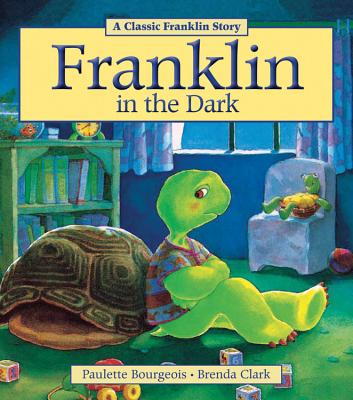
Franklin has a problem: He is afraid of the dark. While this is a typical fear for many, it provides a particular hindrance to Franklin, seeing as he is a turtle and is too scared to go into his shell. Franklin goes searching for help, and encounters a variety of different animals who have adapted to face their fears in a myriad of ways. Seeing how all these creatures have prevented their fears from taking over their lives, Franklin resolves to do the same and finds a way to enter his shell without being paralyzed by his fear of the dark.
This tender tale looks honestly at fear and how it can affect us. Oftentimes, as is the case of Franklin and his shell, fears can manifest themselves in unavoidable situations or aspects of life. Franklin and his peers possess fears of things they must do in their everyday life, presenting obstacles to their productivity and enjoyment, but each finds a unique way to work through the apprehension they feel. The journey Franklin takes and his encounters with other animals convey an important message about this complex emotion: You don’t have to completely get past your fears in order to be brave. The act of bravery is learning to adapt to your fear and live your life vividly without letting fear take control.
Sam Parker, Pine Reads Review Writer